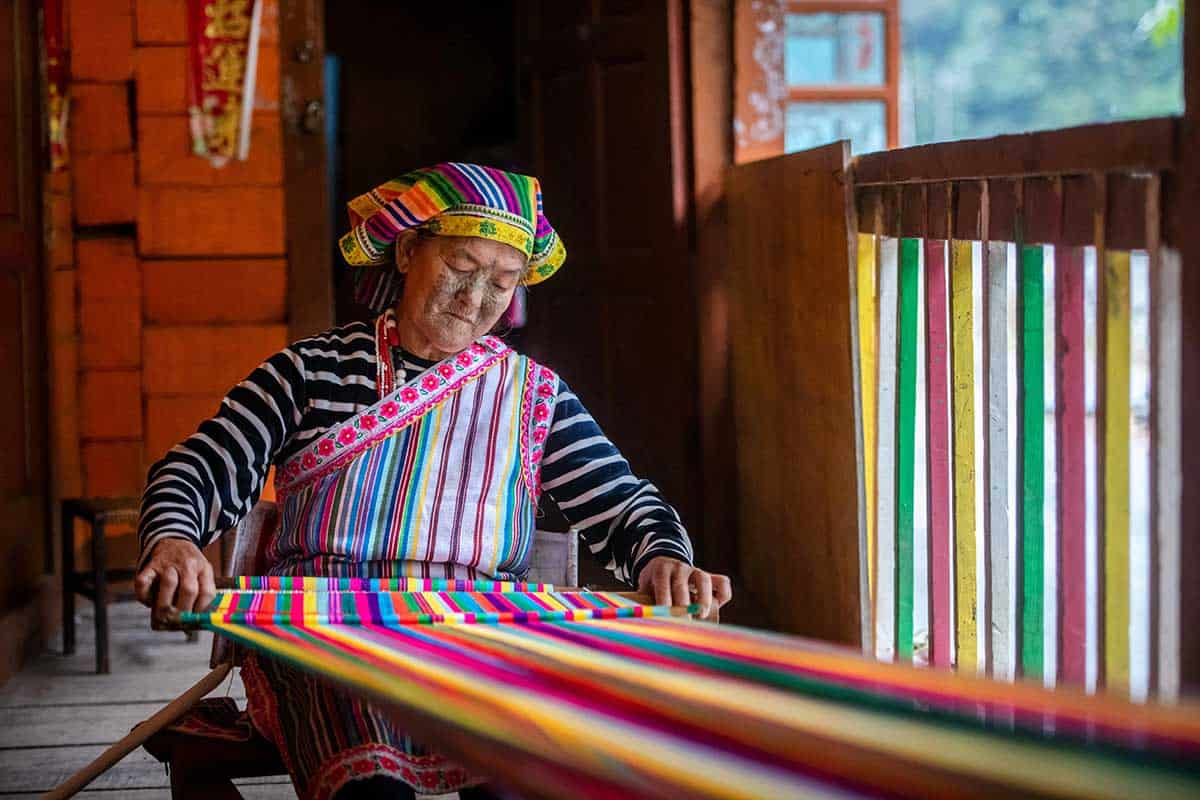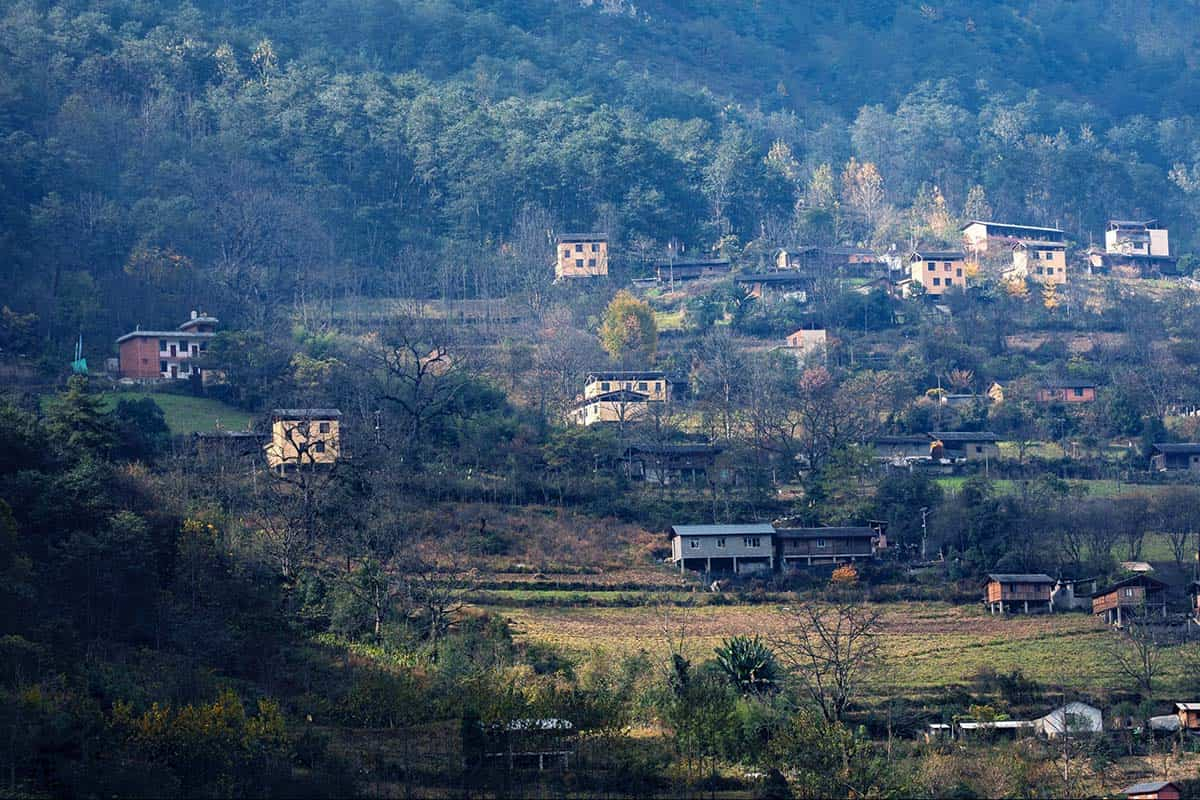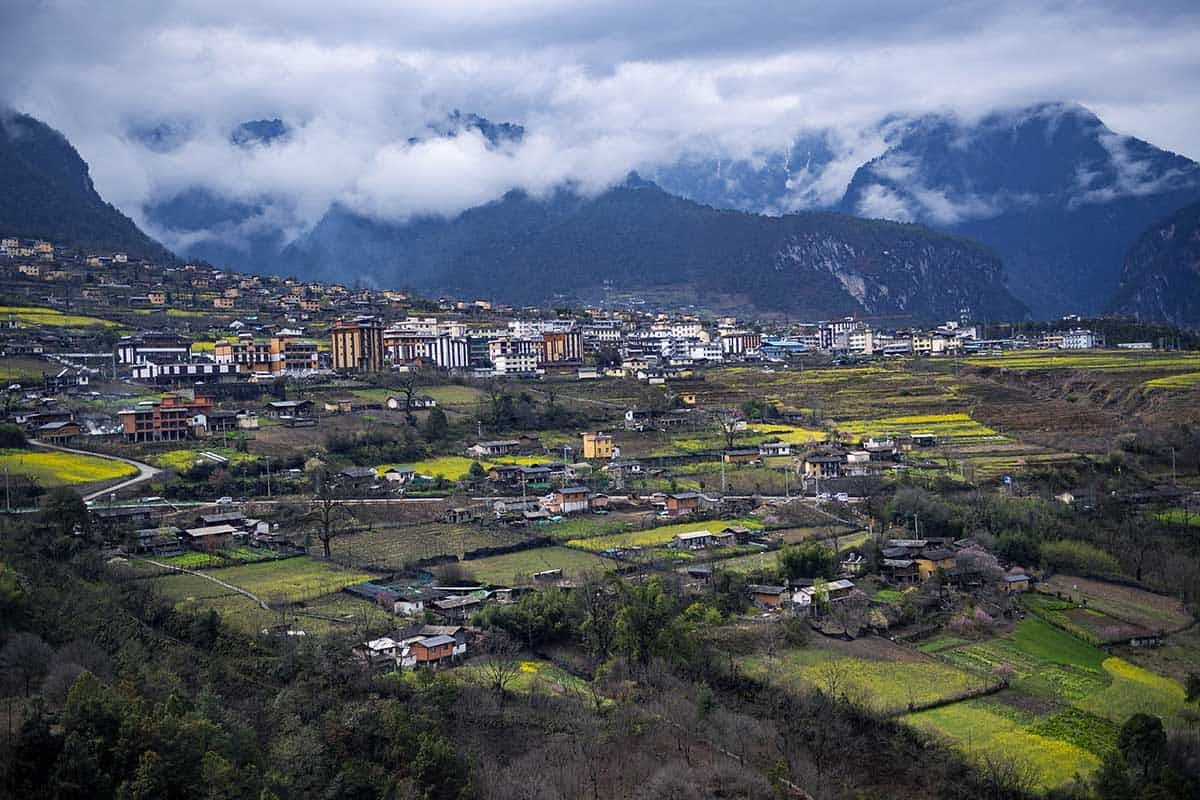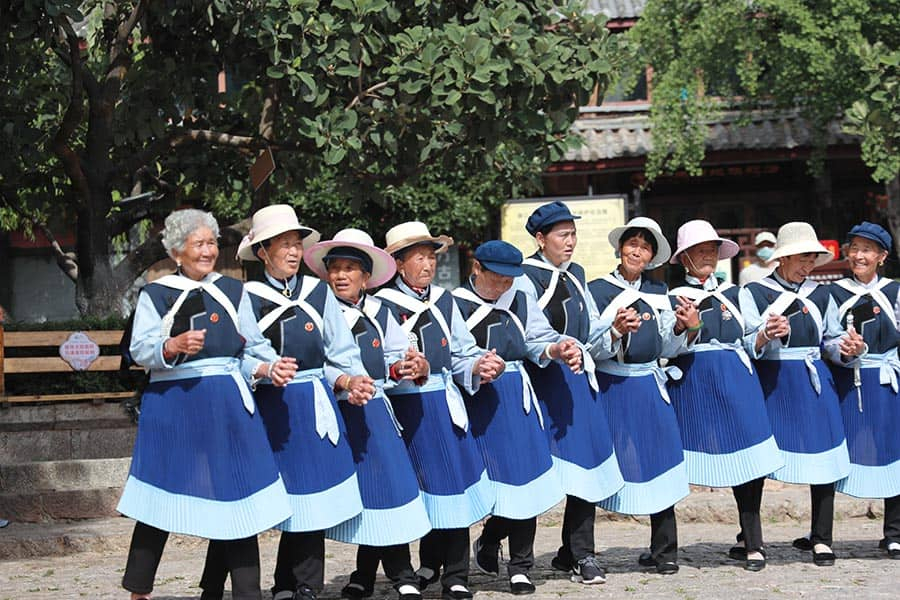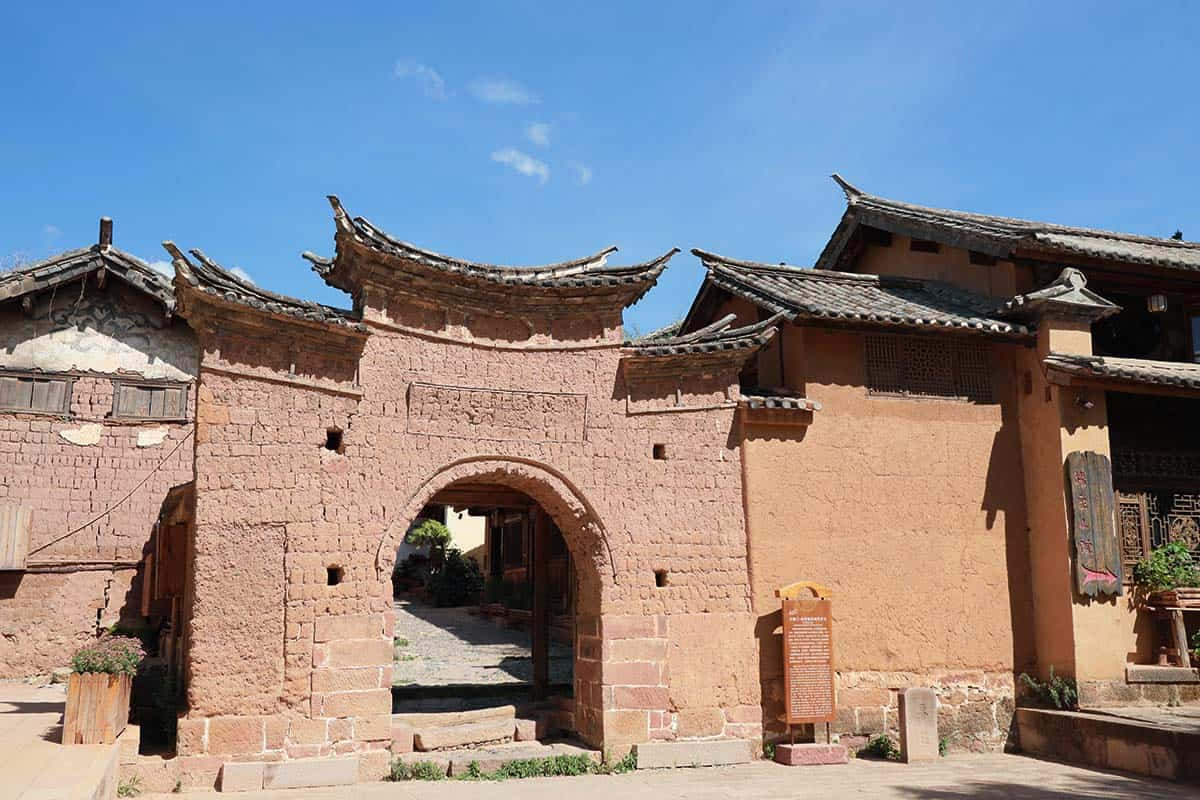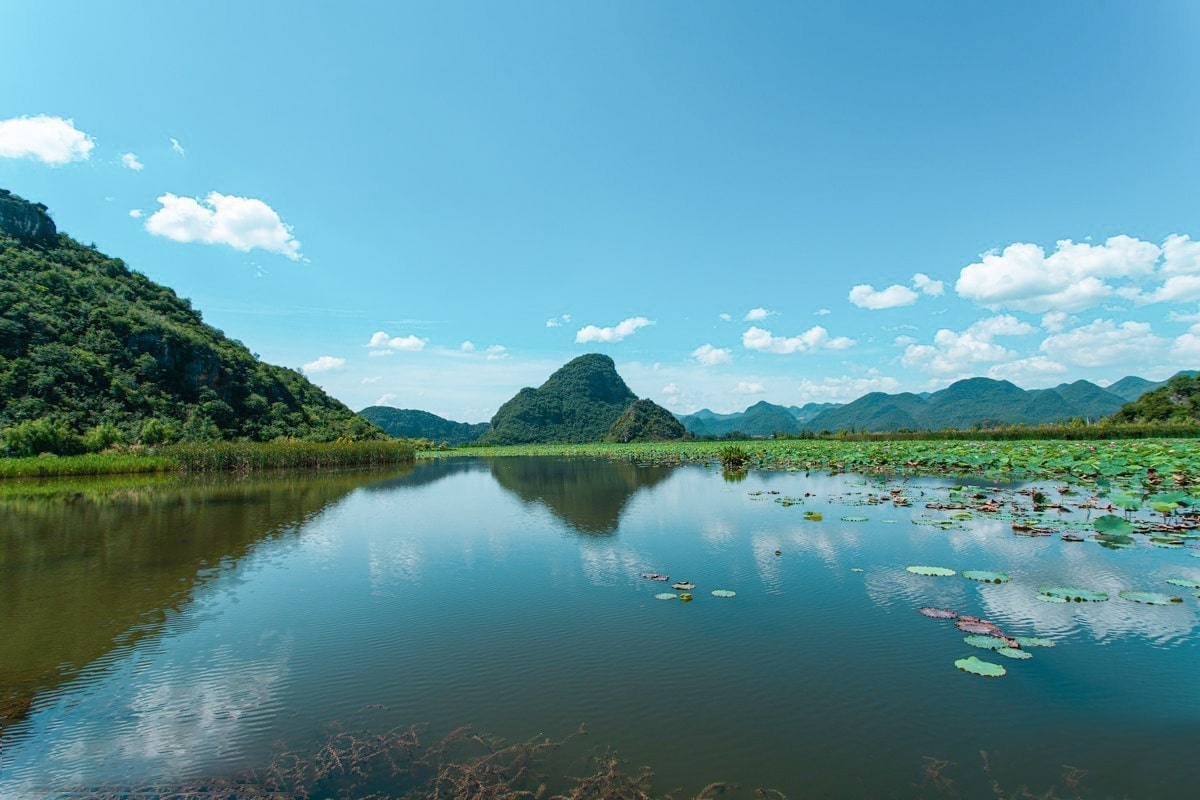Yunnan Nujiang Lisu Autonomous Prefecture Travel Guide
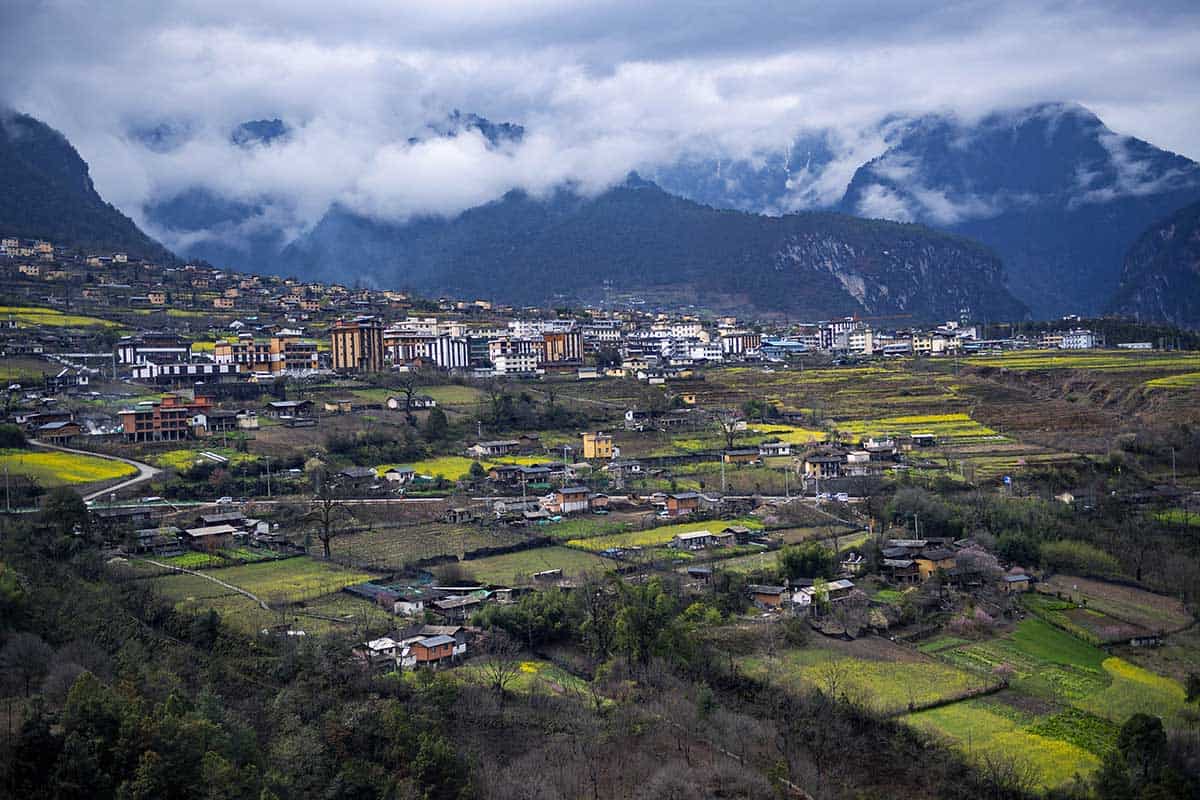
Nujiang Lisu Autonomous Prefecture is a self governed prefecture in west edge of Yunnan Province. It borders Burma to its west and share more than 400km of borderline. It is named after the Nu Jiang River(known as Salween River in Southeast Asia) which flows across this region. It is consist of 1 county level city (Lushui City), 1 county (Fugong county) and 2 autonomous counties (Gongshan Dulong Ethnic Autonomous County and Lanping Bai & Pumi Autonomous County). It covers an area about roughly 15000 square kilometers. Put things into perspective, it is almost the size of Israel. It is home to half million people. Unlike many other cities or prefectures in China, 90% of its total population are consist of ethnic minorities and Lisu ethnic contribute more than 50%. Nujiang is the only administrative body of Lisu ethnic in China. It is also home to Dulong people, another ethnic group unique to Nujiang region.
Yunnan, especially the western part of it, was home to many civilizations of ancient China, and Nujiang Prefecture was the hometown of many primitive tribes. Along with many regions in Yunnan, this area was brought under the administration of the central government in the Western Han Dynasty (206BC-24AD), and was later governed by Nanzhao (738-937) and Dali (937-1253) states during the Tang and Song dynasties. Nujiang Lisu Autonomous Region was established in 1954 and changed to a prefecture three years later.
The terrain of Nujiang is largely made up of alpine mountains and roaring rivers, with more than forty peaks in the prefecture over 4,000 meters high. Its terrain generally slopes downward from north to south. Other than a small area of flat land on the fringe, Lancang River (known as Mekong in Southeast Asia) and Dulong River , mountainous regions constitute the main part of the area.
● Highlights of Nujiang Lisu Autonomous Prefecture
● Ethnic culture: Nujiang is famous for its ethnic diversity and is an ideal place to explore the unique cultures and practices of Lisu people. Nujiang is the only autonomous prefecture for Lisu ethnic minority. Nu and Dulong are minority groups unique to this region as well. Lanping Bai and Pumi Autonomous County is the main community of Pumi ethnics. People of ethnic minorities still maintain their traditional culture and customs. Surprisingly, Nujiang has numerous sits, mostly churches, related to Christianity as many local residents are followers of Protestant and Catholic. That was the result of activities of French missionaries in and around this region in 19th century. Some of the churches are well preserved.
The villages adjacent to Bingzhongluo are Lisu, but most settlements in the district are Nu — the aboriginals of the district — who migrated here a thousand years ago from the Lancang River Valley (澜沧江) over the Biluo Mountains to the east. They settled near and above the river, built wooden houses with slate tile roofs, plowed fields with two bulls yoked together and used heated stones as one of their cooking tools. The other major community in the area is Tibetan, particularly in Puhua Village (普华) on the tableland just north of Bingzhongluo.
● Stone Moon (shi yue liang):Been a mountainous region, Nujiang is not in short supply of natural wonders. The Stone Moon is one of them. It sits on a rocky peak of Gaoligong Mountain. Looking from a distance from the highway, visitors can see a clear moon hanging in the sky. Actually, it is an elliptic rock hole about 100 meters (328 feet) high on a mountain peak. 600 meters (656 yards) from Fengxue Yakou (mountain mouth of wind and snow) stands the magical Tingming Lake . When people speak around the lake, it will rain or hail.
● Bing Cha Cha road :Bingzhongluo is the starting point of the famous Bing-Cha-Cha route. This is a stretch of road, part of G219 national highway network, connecting Bingzhongluo, Chawalong (Tibet) and Chayu county (Tibet). It is famous, or notorious, for its treacherous road conditions. Only off-roaders are suggested for this route. This route is embraced by stunning natural beauty which attracts many venture seekers. Bing-Cha-Cha has become an icon among self driving lovers.
● First Bend of the Nujiang River :The 1,540 m long Nujiang River originates from Naqu area in Tibet. It flows through the boundary mountains between Yunnan and Tibet and surges in the Great Nujiang Canyon between the Gaoligong Mountains and the Biluo snowy mountains. When the river passes the Ridan Village of Bingzhongluo, it is blocked by the Wangqing cliff and changes its cause from southward to westward. But it has to return eastward again due to the barrier of the steep slope of the Danla Mountain, forming a gigantic semicircle, called “Huo Jia” by the Lisus and then generally called “the First Bend of the Nujiang River”. The elevation of the water surface is higher than 1,700 meters above sea level, creating beautiful sceneries of great momentum, enchantment, and gentle flow.
● Dulong River :Dulongjiang, also Dulong River , originates from Tibet, flowing through the northwest corner of Yunnan then into Burma. Its Yunnan section is about 80km long, sandwiched by Mt. Dandanglika on the west and Mt. Gaoligong on the east. Amongst the lofty mountains bordering Tibet and Yunnan is the Dulong River Vallley, at the west slope of the north part of the Gaoligong Shan.
The Dulongjiang Valley is where the 3 ethnic minorities - Dulong(Drung), Nu, Lisu, inhabit for ages. It lures adventurous travelers with its isolated natural beauty, original ethnic cultures and a mystical facial tattoo tradition.
● Bingzhongluo Village:Bingzhongluo (丙中洛) is located to the north of the Gongshan County on the juncture between China, Myanmar, and India, and between Yunnan and Tibet.
There is the Xianglanglaka Mountain and the Biluo Snow Mountain at an elevation of over 5000m to its east; the Gaoligong Mountain extending from the Himalayas to the west; Shimen Pass to the north and Gongdang Shore and Ridang Slope to the south. It is entitled “the co-existing place of Man and God” because of the even terrain, the terraced fields in clouds, and the Nujiang River and its numerous branches.
● Qiunatong Village :The last part of the village’s name "tong" means peace to the Nu ethnic group dwelling there. Located at the northernmost end of the Nujiang River, and nestled among dense primitive forests and a multitude of waterfalls, it is regarded as the essence of the whole Nujiang valley.
Qunatong Village is not only ethnic diversity and inclusiveness, but also religion is extremely diverse. Tibetan Buddhism and Catholicism can be seen in small villages. The three religions of Christianity coexist and are very harmonious with each other.
● Wuli Village :Wuli Village in Gongshan County is located by the Nujiang River. There are more than 60 households, with people from ethnic groups Tibetan, Nu and Lisu. Wuli Village is a stop on the ancient Tea Horse Road, the only way to Tibet along the Nujiang. The one-meter ancient road retains its original style.
On the Nujiang River, an old wooden bridge called "Chaohong Bridge" has been damaged. It was replaced by a new iron bridge connecting Wuli Village and the Ancient Tea Horse Road.
● LaomuDeng Village :Laomudeng Village is located in the east of the Nu nationality township of Pihe in Fugong County. Laomudeng is a transliteration of the Nu nationality, meaning "people like to come". A red and white house built on the edge of a cliff is the largest Christian church in the Nujiang River Basin, Laomudeng Christian Church.
Opposite the village of Laomudeng, there is the famous crown mountain in the north section of Gaoligong mountain, which is named after the crown because of its shape. The crown mountain stands in a unique among the mountains, and is the work of nature. Laomudeng Village is a great choice to view the crown mountain, many people because of the crown mountain and admire the magnificent view of the crown mountain.
● Tingming Lake :Tingming Lake, at the northeast of Pianma of Lushui county, is 600 meters away from Gaoligong Mountain which is 3540 meters above sea level. Water in the lake is clear, deep, and cold, surrounded by azaleas and dense forests in which wild animals live. People coming to the lake cannot talk loudly as it may bring about wind, rain, and hails, which makes the lake mysterious and mythic.
● Nujiang Food&drinks
Nujiang preserves many unique cuisine and cooking styles, many of which are associated with their ethnic background.
Shou zhua fan (hand picked rice): This pilaf liked cuisine is a typical Lisu food. It is mainly consist of rice, sided with meat (mostly pork, chicken). Chopsticks are not often used on Lisu dinning table. Guests simply use hands as means of chopsticks.
Buckwheat pie (qiao mai xian bing): This pie is a popular food among Dulong people, an ethnic group only found in Nujiang region. This pie often come with meat fillings (pork, fish or beef).
● Nujiang Transportation
Nujiang is some 550km west of Yunnan’s provincial capital Kunming. It is in a isolated corner in Yunnan.The mountainous terrain of Nujiang is a big challenge to infrastructure investment. There is currently no major air service in Nujiang, and limited miles of high quality road. There is a small airport in Lanping county which only operates small scaled general aviation flights.
● Nujiang Climate
Weather patterns in Nujiang comes in different shapes. At lower altitude, the plateau monsoon climate prevails, which is characterized by clear dry and wet season, noticeable temperature difference between days and nights. It is colder in its northern part and warmer in the south. September is the best time to visit here, just after the rainy season.
- HOTEST
- RECOMMEND
